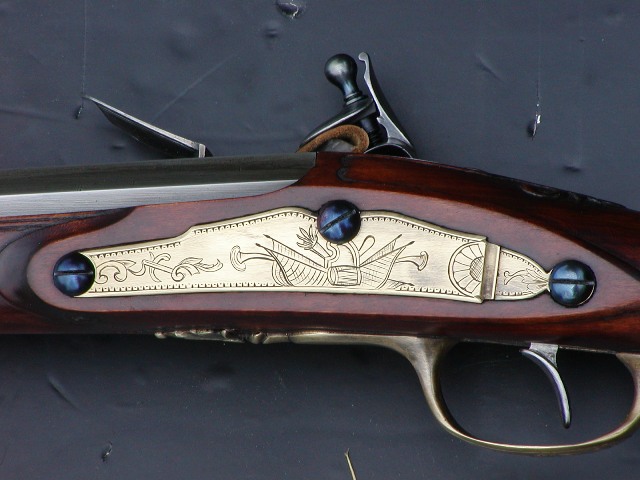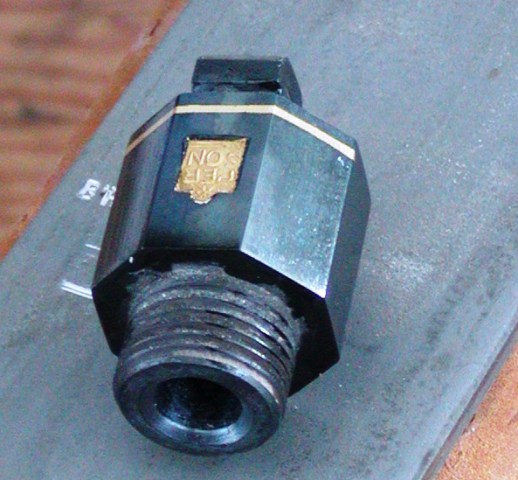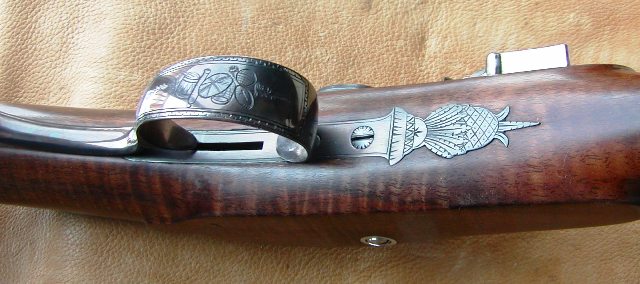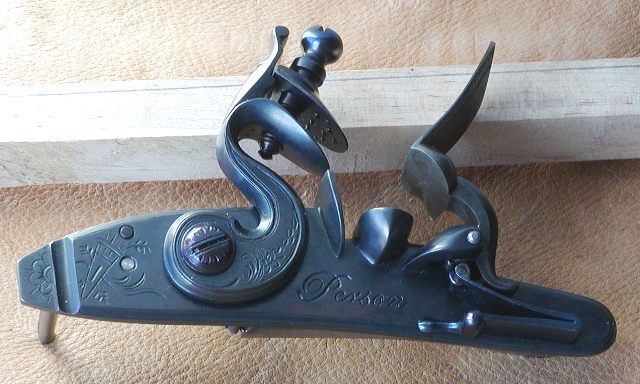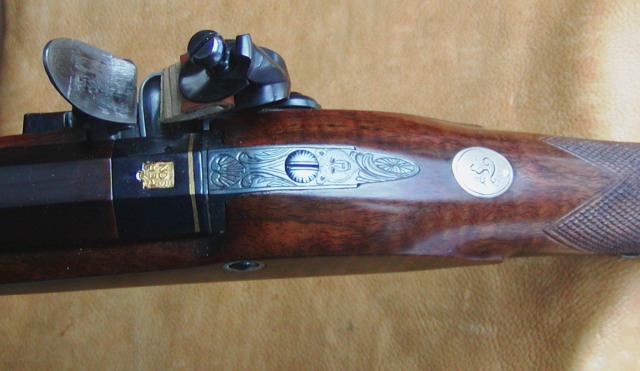Hi,
Yes, it can scale the bore, which may have to be lapped out. Generally, when a barrel is fire blued the bore is packed with something like charcoal to eliminate exposure to air, which causes the scale. The other problem for fire bluing a barrel is controlling the heat and doing it evenly. Usually the barrel is packed in hot coals within some sort of trough or box. Scaling the bore probably does not present much of a problem for thick walled rifle barrels as the bore may not reach sufficient heat to oxidize. However, it is very hard to prevent scaling on thin walled fowler barrels. That said, the Spanish who made the finest and thinnest walled fowler barrels in the world during the 17th and 18th centuries usually fire blued their barrels, which highlighted the gold inlayed maker and city marks. However, they lapped the bores afterward. There are two kinds of heat bluing of which I am aware and have done. The first is simple temper bluing in which the iron or steel part is highly polished and then simply heated to 580-600 degrees F to impart an electric indigo blue color. That bluing is very colorful but not very robust and it fades over time as well as wears off. The second kind of heat bluing is charcoal bluing in which the polished and degreased part or barrel is packed in charcoal and heated to about 900 degrees F for up to 3 hours. It is then cooled until it can be handled and rubbed with rottenstone and linseed oil. Then it is degreased again, packed in charcoal and heated again, after which it is polished again with linseed oil and rottenstone. This produces a deep and translucent blue color that is much more robust than temper bluing.
dave


